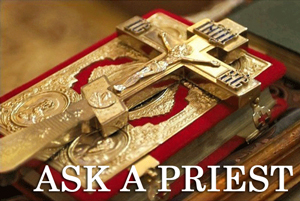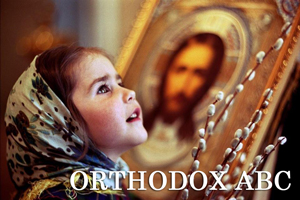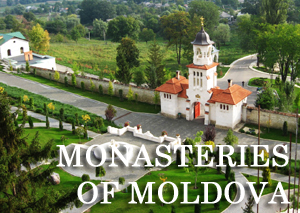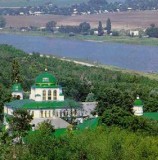
Monastery of nuns
Patron Feast: The Ascension of the Lord
Mother Superior: Taisia (Străinu)
phone 0250-66-259
Location: la 160 km North off Chişinău.
The Japca Monastery is located on one bank of the Nistru River, 10 km from Camenca. It is the only monastery from Bessarabia which was never closed by the Soviet authorities. The monastery has an exceptionally beautiful location. The rocks above the monastery, the meandering Nistru River, which can be seen in the distance, and the gardens that surround it, create a special beauty.
The Japca locality dates back to the 17th century. According to most records, the estate and the hermitage are named Japca, but sometimes Jabca or even Sabca. The first mention of the hermitage dates to May 1693; but not being registered in other historical records, this date remains a disputable one. Most historians accept 1770 as the foundation year of the church. At that time the monks left their cells, which were built in stone above the church, and settled where the monastery now stands.
During World War I many nuns from Russia and Poland took refuge in Japca Monestary after being told in April 1916 by Archbishop Atanasie of Bessarabia to move from the Lesna Monastery, where they had been sent by Holy Sinod from St. Petersburg, to Japca Monestary. The monks living there were transferred to the Harjauca Monastery.
In 1940, the nuns were forced to leave the monastery. The authorities from the Japca locality, with the Soviets’ permission, confiscated all the property of the sacred place. In 1941, after the arrival of the Romanian army, the nuns returned to the monastery and had their property returned to them.
Japca Monastery follows Russian rules and traditions. No one eats meat. The Psalm book is read. They live a very minimalist life with no electricity. The most important church of the convent was frequently rebuilt, so now it has three altars: Resurrection, Transfiguration, and Crucifixion.
source: Moldovaholiday.travel
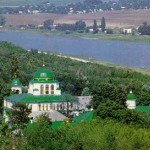
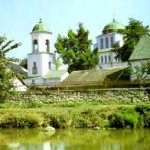
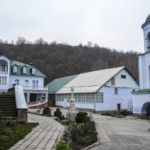
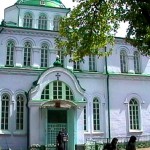
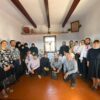 Memorial house of romanian elder Sofian Boghiu Consecrated in his native Village
Memorial house of romanian elder Sofian Boghiu Consecrated in his native Village 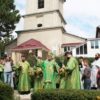 On the 14th Sunday after Pentecost, His Eminence Metropolitan Vladimir celebrated the Divine Liturgy in the St. Nicolas Monastery, Dobrusa village, Soldanesti region
On the 14th Sunday after Pentecost, His Eminence Metropolitan Vladimir celebrated the Divine Liturgy in the St. Nicolas Monastery, Dobrusa village, Soldanesti region  Inauguration of the volume of articles presented at the National Scientific Conference “The Orthodox Church and the State: Faith and Knowledge”
Inauguration of the volume of articles presented at the National Scientific Conference “The Orthodox Church and the State: Faith and Knowledge” 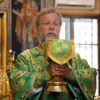 The 12th Sunday after Pentecost – kindness in God changes the world we live in
The 12th Sunday after Pentecost – kindness in God changes the world we live in 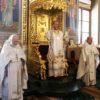 The 11th Sunday after Pentecost – loving our God and our neighbor
The 11th Sunday after Pentecost – loving our God and our neighbor 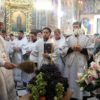 The Transfiguration of the Lord, celebrated in the Nativity of the Lord Cathedral in Chisinau
The Transfiguration of the Lord, celebrated in the Nativity of the Lord Cathedral in Chisinau 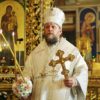 His Eminence Metropolitan Vladimir celebrates 65th anniversary
His Eminence Metropolitan Vladimir celebrates 65th anniversary  Divine Service at the St. Theodore of Tyre Monastery (Ciuflea) in Chisinau, and congratulation of Archimandrite Nicolae (Rosca), the Monastery’s confessor-administrator, on the 50th anniversary.
Divine Service at the St. Theodore of Tyre Monastery (Ciuflea) in Chisinau, and congratulation of Archimandrite Nicolae (Rosca), the Monastery’s confessor-administrator, on the 50th anniversary.  The Tenth Sunday after Pentecost: Divine Liturgy in the Nativity of the Lord Cathedral in Chisinau
The Tenth Sunday after Pentecost: Divine Liturgy in the Nativity of the Lord Cathedral in Chisinau 